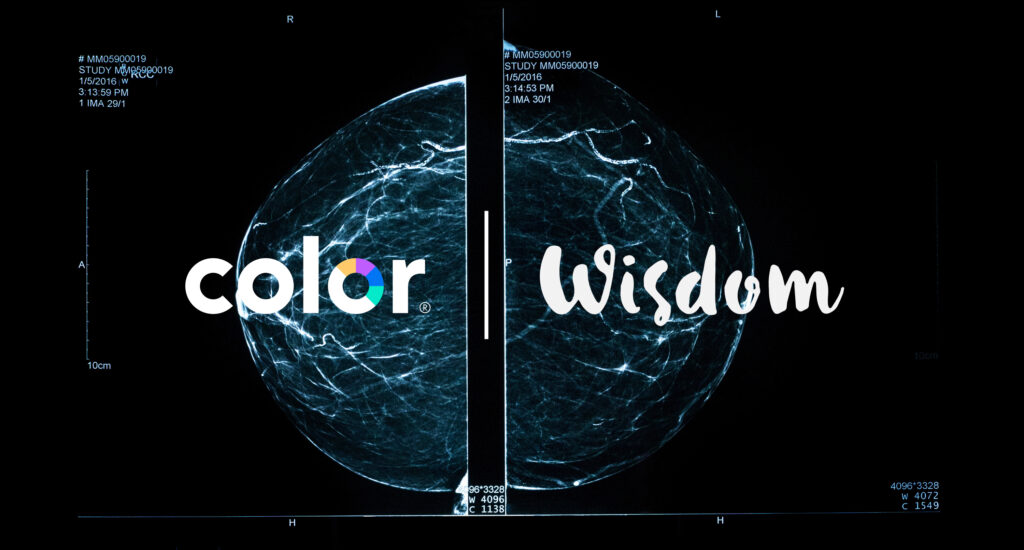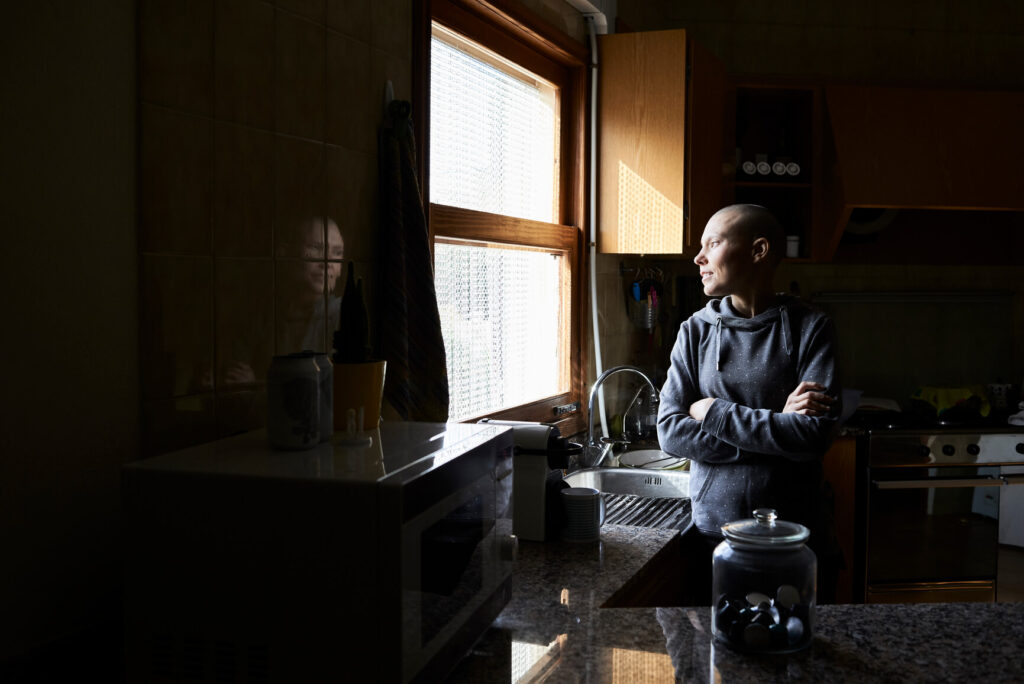News & Articles
Color and UCSF joint study identifies genetic mutations previously undetected by earlier forms of testing
Alicia Zhou

We are honored today to announce the publication of a collaborative study by University of California San Francisco (UCSF) and Color in the journal Breast Cancer Research and Treatment. Color teamed up with clinicians and scientists from the UCSF Cancer Genetics and Prevention Program to investigate how genetic testing can be used to help breast and ovarian cancer patients. We were thrilled to work with Beth Crawford, MS, Laura van ’t Veer, PhD, and their colleagues, leaders in the field of cancer genetics, to show that multi-gene panel tests can reveal important information not available from previous tests.
The study investigated whether multi-gene testing was more likely to detect genetic mutations in breast and ovarian cancer patients than more limited gene testing. In the past, genetic testing was difficult and expensive, so cancer patients were only tested for specific mutations or genes. While this limited testing strategy helped keep costs down, it may have also missed mutations that would be useful for patients and their families to know about. Now that genetic testing is more advanced and affordable, we wanted to know if there were mutations that were not previously tested for, that could now be detected by a multi-gene panel test like the Color Test.
Over the years, UCSF has collected samples from thousands of patients who have generously allowed their samples to be used for cancer research. The UCSF researchers first chose 200 samples known to have mutations associated with hereditary cancer in order to assess the accuracy and validity of the Color Test. The Color Test not only found all of the previously identified mutations, it also detected some additional mutations that were missed by older technologies and more limited testing (for example: single-site or single-gene testing).
In the second phase of the study, we used the 19-gene Color Test to assess samples from three groups of high-risk cancer patients: 1) women with a history of bilateral breast cancer, 2) women with a history of breast cancer and a first or second-degree relative with ovarian cancer, and 3) women with a history of ovarian, fallopian tube, or primary peritoneal cancers. These women all had received negative results previously from limited genetic testing. Using the Color Test, we found cancer-associated mutations in 9% of these women.
This study has allowed us to highlight the importance of broader panel testing. In the cases uncovered in our study, additional testing helped solve a mystery for these women of their previously negative result. Since over a million people in the U.S. alone have had limited genetic testing for breast and ovarian cancer susceptibility, the results of this paper show that tens of thousands of women and their families could benefit from multi-gene tests and learn more about their hereditary cancer risk.
Read the full article and learn more about Color for Research at color.com/research.



